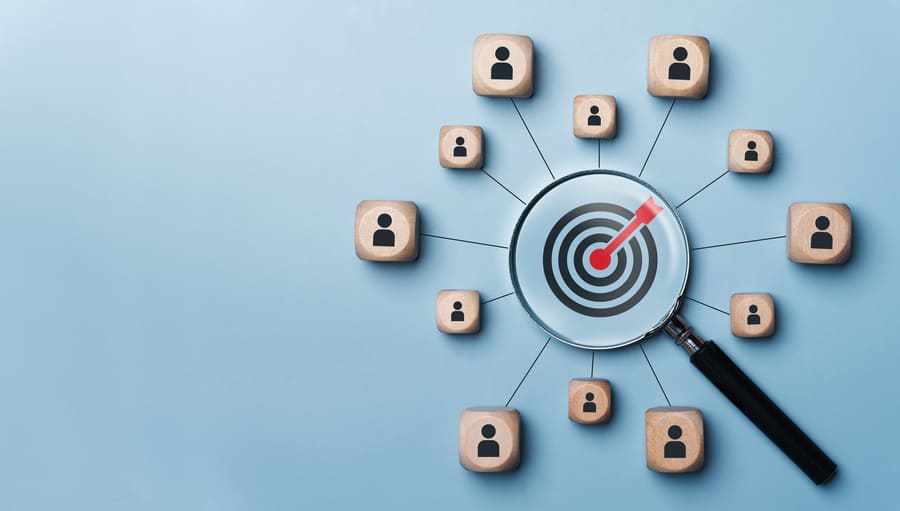Not all customers follow the same path to purchase. Instead of trying to fit them into your standard sales process, why not create a new one with multiple sales CRM pipelines?
Multiple sales pipelines are designed to help you set up two (or more) completely different sales workflows to address the individual needs of your prospects.
In this blog, we’ll delve into five scenarios where adopting multiple sales pipelines can unlock significant advantages. We’ll explore situations involving different customer types, order sizes, and sales steps, demonstrating how multiple sales pipelines can improve your sales process and boost conversions.
The Benefits of Using Multiple Sales Pipelines
As the name suggests, multiple sales pipelines refer to managing two or more sales processes that are often distinct from each other. Each sales pipeline operates independently but is still organized under one CRM software.
Having multiple sales pipelines also comes with some benefits, such as:
- Full customization: since each pipeline stands on its own, you can fully customize them to support your sales goals.
- Increased clarity and productivity: you can focus on multiple sales processes simultaneously without overlooking or missing any leads.
- Improved tracking and reporting: you can set up different KPIs that matter for each sales CRM pipeline and track them easily without mixing the results.
- Easier to scale: as your business grows, you may encounter another unique sales opportunity that differs from your current sales pipelines. Adding a new one is easy and won’t jeopardize your current well-oiled machine sales system.
5 Scenarios When You Need Multiple Sales Pipelines
Principally, you should consider having multiple sales pipelines when your current sales pipelines can no longer accommodate new sales demands. It may run on different sales approaches, cover different products or services, or be dedicated to different customer groups. The following use cases will give you more clarity.
1. You Sell on Different Volumes
Large orders typically demand longer production times and are more prone to problems, while small-batch orders are less complex. Splitting them into individual sales pipelines allows you to add additional steps to ensure every order is completed to perfection.
USE CASE: General manufacturer

As a general manufacturer, you account for several variables in your client’s requests. Some of your clients are long-time customers, so their RFQs are typically for large batch production. This production process is typically less flexible, has a longer lead time for setup, and increases the inventory you’ll need to carry temporarily.
On the other hand, you may have small-batch clients that require shorter and less complex production processes. When this happens, consider adopting multiple sales pipelines. This allows you to separate the large and small batch orders without sacrificing efficiency for either type of client.
2. You Have Different Sales Cycles
Sales cycles tend to lengthen proportionally with deal size and complexity. This is often due to the increased number of stakeholders involved in larger projects, each with their own approval processes and decision-making timelines.
USE CASE 1: Residential and commercial real estate brokerage

According to Zillow, it takes an average of 50–75 days to sell residential real estate and 6–12 months to sell commercial property in the US. This timeframe fluctuates depending on the market. If it’s a buyer’s market, selling your client’s property will take longer, requiring more outreach, marketing, and negotiation. If it’s a seller’s market, acquiring property will take longer.
If you use multiple sales CRM pipelines, it allows you to:
- Manage both ends of the transaction (buying and selling).
- Provide you with the additional next steps if you need to do more to get a deal done.
- Shift with unexpected circumstances. For example, you have multiple pipelines to address new and current customers, alternative financing, problem deals, and stalled negotiations.
USE CASE 2: Pitching the C-suite

Your sales approach changes depending on whom you’re selling to.
If you’re selling to big companies, you’re likely to sell to several people, going up the ladder as the lead moves closer to the end of the sales pipeline. This means, typically, you’ll start pitching to the managers before meeting the CEO.
Each meeting requires proper preparation (e.g., research and create unique pitch decks), countless follow-ups, and more. They are counted as additional sales steps that don’t exist in your current sales pipelines. Therefore, having multiple sales pipelines helps you focus on each step.
3. You’re Focused on Several Markets
Your market illustrates your audience’s demographics, geographies, or industries. When you add a new variable, your sales pipelines will have to adjust to accommodate the change, making multiple sales pipelines the perfect option.
USE CASE: Selling to local and international market

Your company sells products in the United States, but now you want to expand to Asia, which not only has different business models but also culture and regulations. You’ll need new sales approaches that mirror the challenges you’re facing in tackling the new market.
4. You’re Offering Multiple Types of Products
Another reason why you need multiple sales pipelines is due to the variety of product offerings. You might be selling a product that requires extensive customization for each customer, or you could be selling both entry-level and enterprise-level products. When your products vary significantly, it affects your sales approach.
USE CASE A: Free vs. paid versions of your flagship product
Your prospects are still not set on buying your product. So, your company creates a free entry-level version to allow prospects to look around. Once they blow past the limits of this free product, they are automatically qualified as viable customers and ready to move to the enterprise-level product.
This means you’ll need (at least) two pipelines:
- One pipeline to nurture sales leads and earn a commitment from prospects on this free plan. They will need more lead nurturing and qualifications.
- Another pipeline to accommodate prospects willing to go for a pro plan and ready to move forward. They will need more onboarding and post-sale support.
USE CASE B: Contractor quoting roofing vs. siding

If you’re running a roofing or construction company, you know that the sales funnel for roofing and siding are different. Roofing quotes are fairly straightforward; they can be sold quickly, and most projects can be completed in a few days. On the other hand, siding requires significant details from and coordination with third parties, which complicates the process significantly. As a result, it doesn’t make sense to sell these services the same way.
5. You Need to Meet Various Requirements
Selling to governments, hospitals, or insurance companies is complex. There are an extensive amount of regulations, laws, and compliance requirements in these industries. Selling services to consumers or small businesses is not so complex as there are relatively fewer regulatory hoops to jump through. The more complex your offer is, the more likely you are to build multiple sales pipelines.
USE CASE: Selling to government organizations
Your company sells computer equipment to various branches of the government. There’s a long list of regulations, defined processes, and dos and don’ts that must be followed. And those rules can vary as you work with sub-committees within each department.
You want to ensure that your team keeps the requirements of each straight, so you create multiple sales pipelines for each prospect. These pipelines can offer a running list of conditions that have been completed. Each pipeline is customized for each agency or branch of government, and each option is designed to streamline work on their end and accelerate the approval process.
Multiple Sales Pipelines: An Extension of Your Sales Channels
Not all leads fit into a single sales pipeline. When this happens, you need multiple sales pipelines.
This sales pipeline extension allows you to expand your target market and double the impact of your sales approaches. You can add more leads (e.g., those who normally don’t fit your target group or sales steps) and nurture them based on their needs. Multiple sales pipelines don’t remove what has been working in your sales cookbook—it enhances it.
Give multiple pipelines a try with Pipeline CRM—a customizable sales CRM with robust sales pipeline management. You can create up to 25 custom fields and tailor the deal stages, as well as set up specific tasks to work on autopilot.



